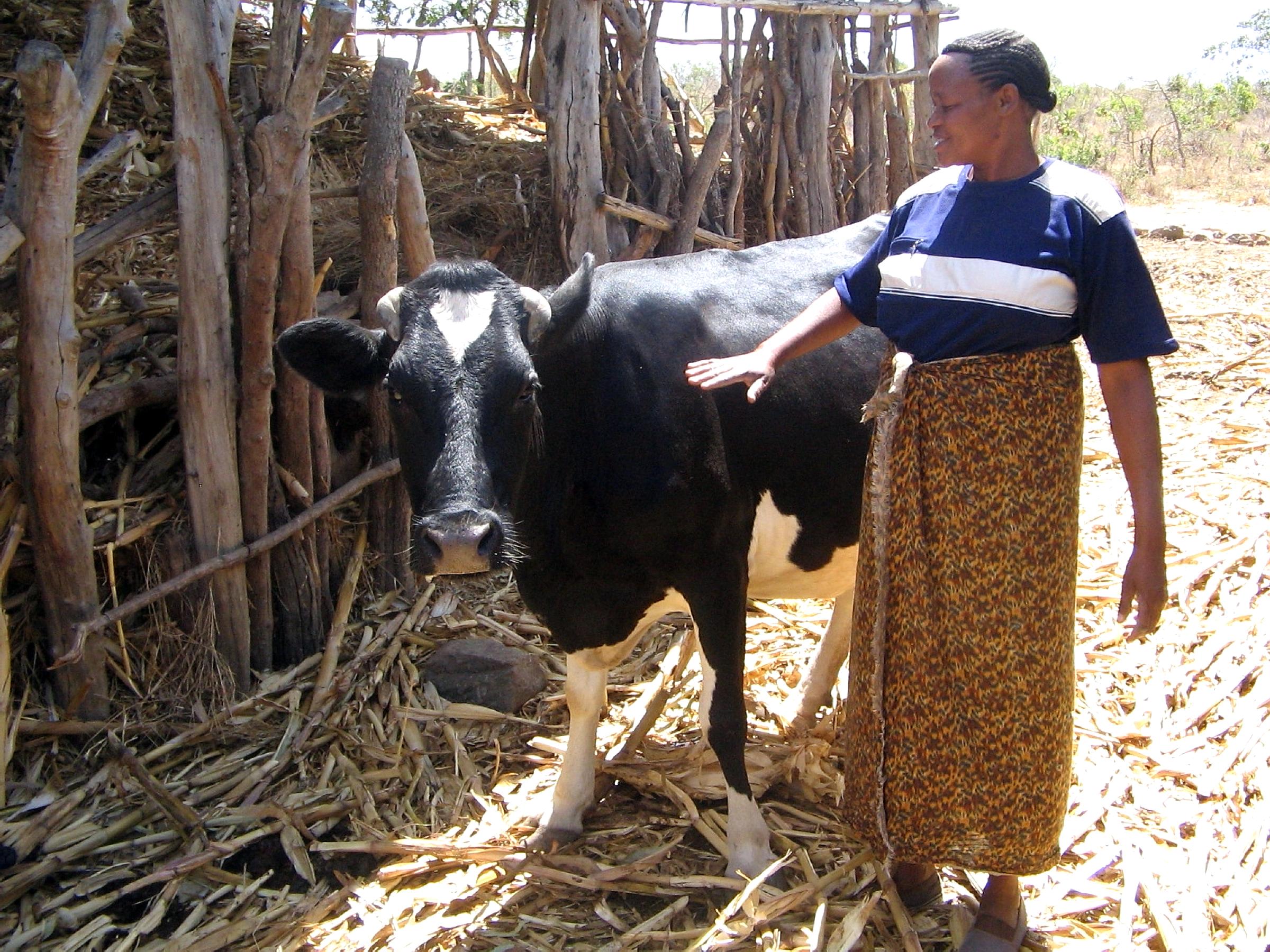How Agroforestry Is Reshaping the Kenyan Countryside
Author: Steve Zwick | Published: February 2, 2017
Prisca Mayende still remembers the lush, tree-covered countryside of her youth, when the farms in this part of Kenya, about 50 kilometers from the Ugandan border, yielded consistent harvests – year-in and year-out – of sorghum, white corn, and the dark green, kale-like sukuma wiki. Then came the sugar boom, and its bitter consequences.
“They destroyed all the trees to plant sugar,” she recalls. “And that is where the problems started.”
First came the floods, because the trees weren’t there to stop them; then came the dry spells, perhaps because the trees weren’t there to draw in the rain. Finally, the soil stopped producing – as it had in North America during the Dust Bowl, and as it’s doing across Africa today – because the trees weren’t there to replenish the earth.
But then, in 2010, Mayende’s neighbors told her about a man on a motorcycle.
“He was just moving around, looking for those farmers who were in groups,” she recalls. “So, when he [asked] some of the communities, they said, ‘Mama Prisca is one of the farmers who is interested in doing the agroforest.’”
As a leader of the Naikai Community Water Project, she’d been working to coordinate water-use and well-drilling, but the man on the motorcycle asked if members of her group would be interested in planting trees – lots of them – in their cornfields and cabbage patches. It was a tough sale – but not for her.
“People really feared that, maybe, when there are trees on the farm, the production cannot be good,” says Mayende, adding: “But me, I like trees.”
So she took the plunge, and within three years her farm was covered in trees – some fruit-bearing varieties like mango and banana, but mostly varieties like sesbania, albizia, and grevillea – which provide fodder for her cow.
Soon, the birds returned, and today her corn, cabbages, and potatoes are thriving – largely because the trees helped revive the soil – and she’s not alone. All across Africa, Latin America, and Asia, small farmers are replenishing soil by planting trees on formerly sunbaked row-farms; while consumer-facing giants like Danone and Mars are beginning to accelerate the process by investing in programs that support sustainable agriculture.
“We have all forgotten that food starts in soils,” said Danone CEO Emmanuel Faber at 2015’s Paris climate talks – sounding more like a soil scientist than a businessman. “We have disconnected the food chain.”
To fix that, Danone spearheaded the creation of two separate Livelihoods Funds, which “create mutual value for smallholder farmers, businesses and society as a whole.”
In 2014, Danone took a 40% stake in Kenyan dairy group Brookside, which had built a nationwide network of collection facilities that gathered milk from more than 130,000 farmers. As Brookside grew, however, they noticed something unusual: in some parts of their territory, farmers brought in three liters per cow on a good day. In other parts, they brought in seven or more, and consistently.
Driving this, they found was agroforestry: those farmers who embraced the practice ended up delivering more milk than those who didn’t. And there was another benefit as well: those who adopted agroforestry spent more time on their farms and less in the forests.
“Most of them used to cut trees,” says Takin Arnold, who runs the cooperative. “But because of the market that Brookside has created, those farmers have left the cutting of trees and embarked on selling to Brookside.”

